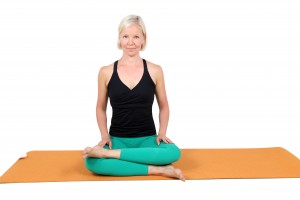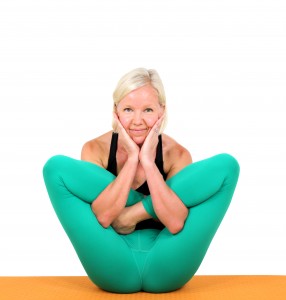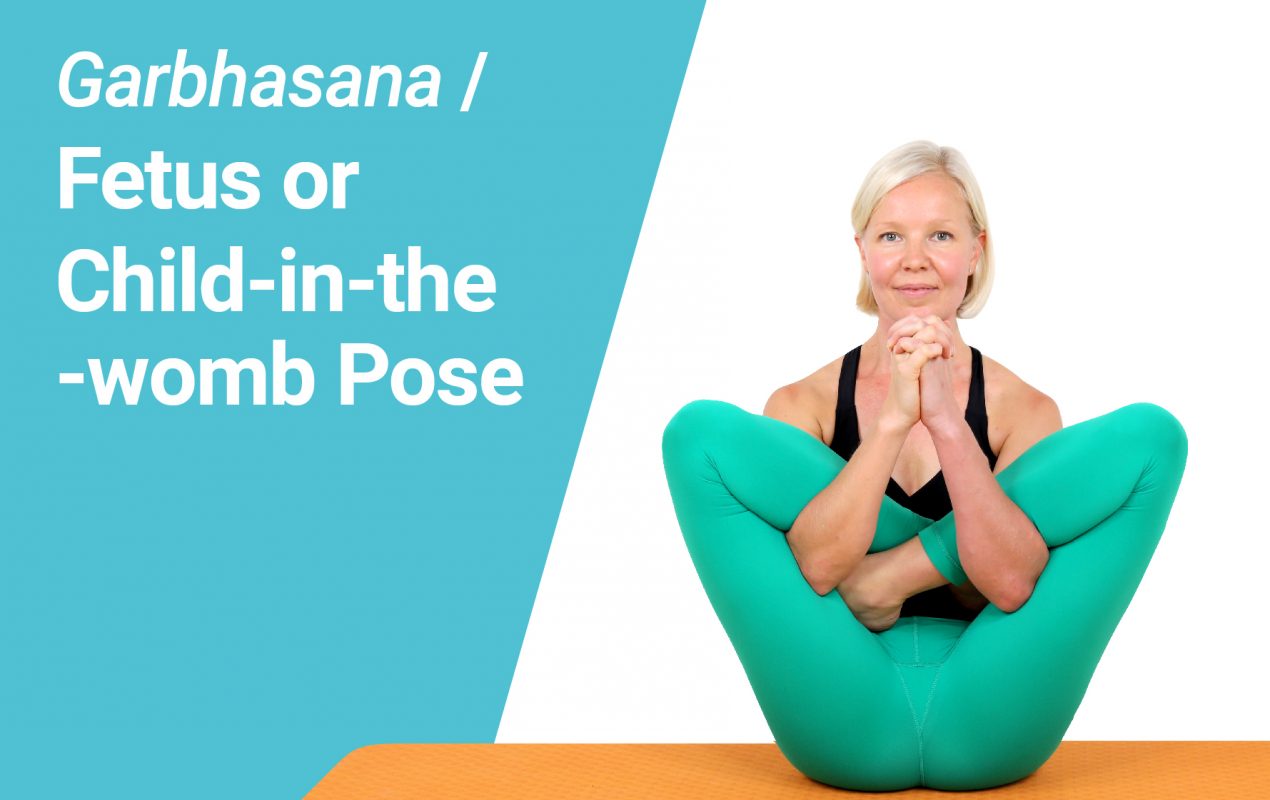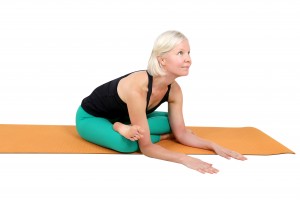This month’s featured pose is Garbhasana or Fetus Pose. The name of the pose is derived from the terms “garbha” or womb and “asana” or pose. Garbhasana mimics the appearance of a fetus in the womb.
This pose is beneficial in many ways, such as in:
- balancing the nervous system and controlling negative emotions;
- regulating blood pressure by stimulating the adrenal gland (located just above the kidneys);
- promoting proper digestion by pressing on the abdominal/ digestive organs.
With regular practice of Garbhasana, any existing nervous issues are addressed and the mind becomes balanced – similar to the state of a calm and balanced being inside the giochi gonfiabili womb of a mother. A balanced nervous system is the first step in having all other bodily functions work normally.
Physically, this pose improves strength in the upper body, mobility of the hips, and over-all body balance.
Chakra Awareness
Manipuraha Chakra / Solar Plexus
Practice Level
Intermediate
Degree of Difficulty
(100 being most difficult)
80
Movement
Major Movements
Forward Bending
A spinal movement done with the flexion of the spine, supported by different abdominal and back muscles.
External Hip Rotation
A movement of turning the thigh or pelvis outward; also known as lateral rotation.
Hip Flexion
A movement of the hip joint muscles done by bringing the thigh or top of the pelvis forward (e.g. thigh moving closer to the abdomen).
Minor Movements
Ankle extension
Extension of the ankle resulting in the top of the foot moving away from the body.
Challenges faced during the practice
Limited hip flexibility, which hinders the leg into coming into Padmasana/Lotus Pose
Body balance to keep the body upright
Chances of Injury
Injury to the back, hips, knee or ankle
Contraindications
Existing back, abdomen, hip, knee or ankle issues
High blood pressure
Practitioners suffering from sciatica
Sciatica is a pain in one side of the buttocks or in one leg that originates from the lower back and moves down to the sciatic nerve. Sciatica can be caused by different conditions related to the spine.
Major Muscles Involved
Lateral rotator group
A group of small muscles located in the hip area that is responsible for externally rotating the femur / thigh bone.
Sartorius
The longest muscle in the body, the Sartorius is located in the inner thigh and assists in the external rotation of the hip.
Gluteus
Being one of the strongest muscles of the body located in the buttocks, the Gluteus assists in extending the hip and the trunk.
Erector Spinae
A muscle group found in the back that extends the vertebral column in forward and backward bending. This muscle is responsible for returning the vertebral column to the erect position after motion.
Best Time to Practice
Afternoon or evening, when the body’s natural flexibility is present
………………….
Warm-up
Agnistambhasana/ Fire Log or Double Pigeon Pose
 Sit on the floor with the legs extended.
Sit on the floor with the legs extended.- Bend the right knee and bring the shin parallel to the hips.
- Bend the left knee and bring the left ankle on top of the right knee. The left knee is now resting on top of the right ankle.
- Rest the hands on the thighs and keep the back upright. Hold the pose for 3-5 breaths; release the legs and change sides.
-
From Double Pigeon pose, inhale to lengthen the spine. Upon exhale, engage the lower back muscles and push the torso down, first bringing the abdomen closer to the thighs then the chest closer to the shins.
-
Place the hands on the floor; inhale and on exhale, slide the hands forward and bring the elbows to the floor, keeping the shins in position.
-
While in the forward fold, keep the neck extended and gaze upwards.
-
Hold the pose for a few breaths; release the pose and change sides.
Benefit: Balances the flexibility of both sides of the hips and allows the torso to extend.
Final Pose

Keep the upper back rounded and aim to rest the calf muscles on the crease of the elbow. Hug the legs in and bring the hands to the sides of the face. To avoid compressing the neck, push the shoulders away from the ears. Hold the pose for a few steady breaths.
To come out of the pose, place the hands on the floor and lean forward to let the legs come down. Slide the arms out and release the legs.
More…
To read the full article please download our Asana Journal App or purchase Issue 163 July 2016.





















 Other
Other